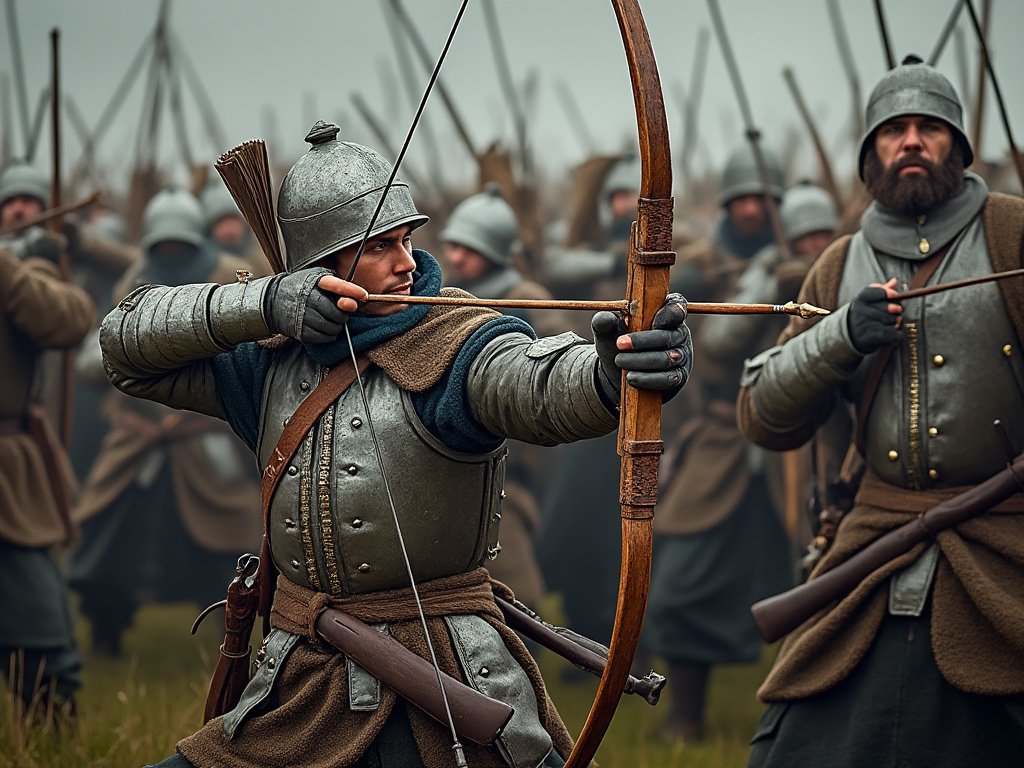1. “Chechens—shift frequencies during radio transmissions to avoid intercepts; Russians—continually scan all frequencies while retaining active ones already intercepted.”
"In addition to not using cryptography, they did not regularly change frequencies because of the logistics challenges of synchronizing the process among every unit. U.S. forces, by comparison, change their communications format every 24 hours."
"In addition to not using cryptography, they did not regularly change frequencies because of the logistics challenges of synchronizing the process among every unit. U.S. forces, by comparison, change their communications format every 24 hours."

2. “Chechens—misinformation and overt intelligence “give-aways” used to fool federal forces and conceal real intentions; Russians—focus attention on “conventional words” and specific terminology used along with the bait.”
“Russian forces also were subjected to massive onslaughts of disinformation. Dilegge reports that Russian units, were almost frozen, by confusion sowed in part by the Chechens. In one case in 1996, Chechens broadcast fake radio traffic from imaginary units in the clear for the Russians to deliberately hear.”
“Russian forces also were subjected to massive onslaughts of disinformation. Dilegge reports that Russian units, were almost frozen, by confusion sowed in part by the Chechens. In one case in 1996, Chechens broadcast fake radio traffic from imaginary units in the clear for the Russians to deliberately hear.”

3. "Chechens—use more than one language when transmitting to confuse listeners; Russians—keep several interpreters on duty at any one time.”
“…the Chechens had a native form of secure communications. While virtually every Chechen speaks Russian, almost no Russians speak Chechen. By adding a few simple code phrases, the rebels could communicate in the open without fear of interception in a manner similar to that of the U.S. Army's Navaho code talkers in the European theater. In addition, most of the Chechen radio operators recognized each other by voice.”
“…the Chechens had a native form of secure communications. While virtually every Chechen speaks Russian, almost no Russians speak Chechen. By adding a few simple code phrases, the rebels could communicate in the open without fear of interception in a manner similar to that of the U.S. Army's Navaho code talkers in the European theater. In addition, most of the Chechen radio operators recognized each other by voice.”

4. “Chechens—place radio sets and antennas in operational mode on trees as repeaters to avoid detection and remain intact if fired upon by artillery; Russians—use additional course and bearing indicators mounted on helicopters to locate more than one point of transmission.” 

5. “Chechens—use deep ravines and canyons as natural corridors for radio waves to make intercepts impossible; Russians—place radio intercept equipment on vectors of transmissions on axes of ravines and canyons in plateau areas of Chechnya.” 

6. “Chechens—use radios as auxiliary facilities only for notification of when and where to meet a messenger with information; Russians—pay particular attention not only to contents of transmission but to location of both respondents.” 

7. “Chechens—constant change of nicknames and call-signs to produce uncertainty as to who is on the air; Russians—learn not only frequencies and nicknames but also personal linguistic traits of respondents.”
"...Russian forces ignored many other basic communications security procedures. […] Chechen officials claim that they could intercept Russian tactical communications on their own commercial off-the-shelf radios. Code phrases used by the Russians in open communications were easily deciphered and understood."
"...Russian forces ignored many other basic communications security procedures. […] Chechen officials claim that they could intercept Russian tactical communications on their own commercial off-the-shelf radios. Code phrases used by the Russians in open communications were easily deciphered and understood."

8. “Chechens—intercept federal forces transmissions to gain intelligence; Russians—use alternative media and channels unavailable to insurgents.”
“…Chechen officials, who also equipped women and children with these radios for intelligence purposes, say these handheld units were so valuable that they would have equipped every rebel with one if they could have afforded it."
“…Chechen officials, who also equipped women and children with these radios for intelligence purposes, say these handheld units were so valuable that they would have equipped every rebel with one if they could have afforded it."
9. "The Chechens also had six large Motorola base relay stations, which they placed on the high ground. The Russians could see the sites and their antennas during the day, but they only risked attacking them at night. By then, Chechen forces would have moved the sites. The Chechens claimed that they were in radio communications at distances of up to 100 kilometers (65 miles)."
10. "[Chechen forces were] equipped with a new commercial Motorola handheld radio purchased abroad. Russian forces, on the other hand, were using tactical radios as old as 30 years [...] 'at the tactical level, the Chechens had better communications than the Russians.'”
• • •
Missing some Tweet in this thread? You can try to
force a refresh




















